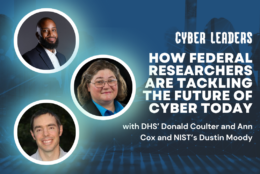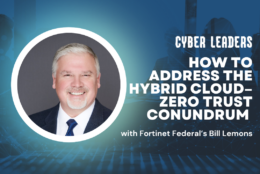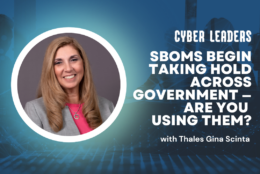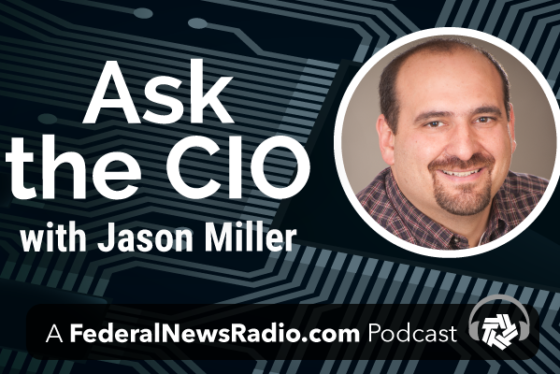Technology
-
It’s not even close to the end of the journey — there won’t be an end — but three Navy IT leaders share how the service achieved a working zero trust model that serves the vast majority of the users on its enterprise networks.
September 15, 2023 -
In DHS and NIST labs, researchers study known knowns but also unknown unknowns on the cyber horizon. We talk to three such researchers to learn about their work and about helping agencies become agile and resilient in the face of such cyberthreats.
September 15, 2023 -
Given that agencies are on the clock to adopt zero trust architectures by fiscal 2025, Fortinet Federal’s Bill Lemons offers tactics federal IT teams can take if going all in on cloud, which makes zero trust implementation easier, is not an option.
September 15, 2023 -
As agencies continue to evolve their cyber capabilities, some preparatory basics still apply. The Federal Drive’s Tom Temin talks with Infoblox’s Allen McNaughten to get the lowdown on three things agencies should still be doing.
September 15, 2023 -
The Federal Zero Trust Strategy emphasizes visibility. It matters because “that’s how you detect compromised controls, compromised appliances, compromised firewalls. … Look at the traffic because that’s where the truth is,” Gigamon’s Ian Farquhar says.
September 15, 2023 -
With the National Cyber Strategy putting a premium on securing technology supply chains, public-private collaboration as well as cross-vendor initiatives have become essential, shares Dell Technologies’ Daniel Carroll.
September 15, 2023 -
As investigations continue to evolve in complexity, having ethical standards will help to ensure the responsible development and use of evolving digital intelligence technology. Agencies and industry alike must recognize these standards are a moment for us to address growing civil threats and create a safer world.
September 15, 2023 -
SBOM requests from agencies are becoming more common, points out Thales’ Gina Scinta — it’s a sign of the swift impact of the National Cyber Strategy in shifting the responsibility for ensuring secure software use within the government.
September 15, 2023









